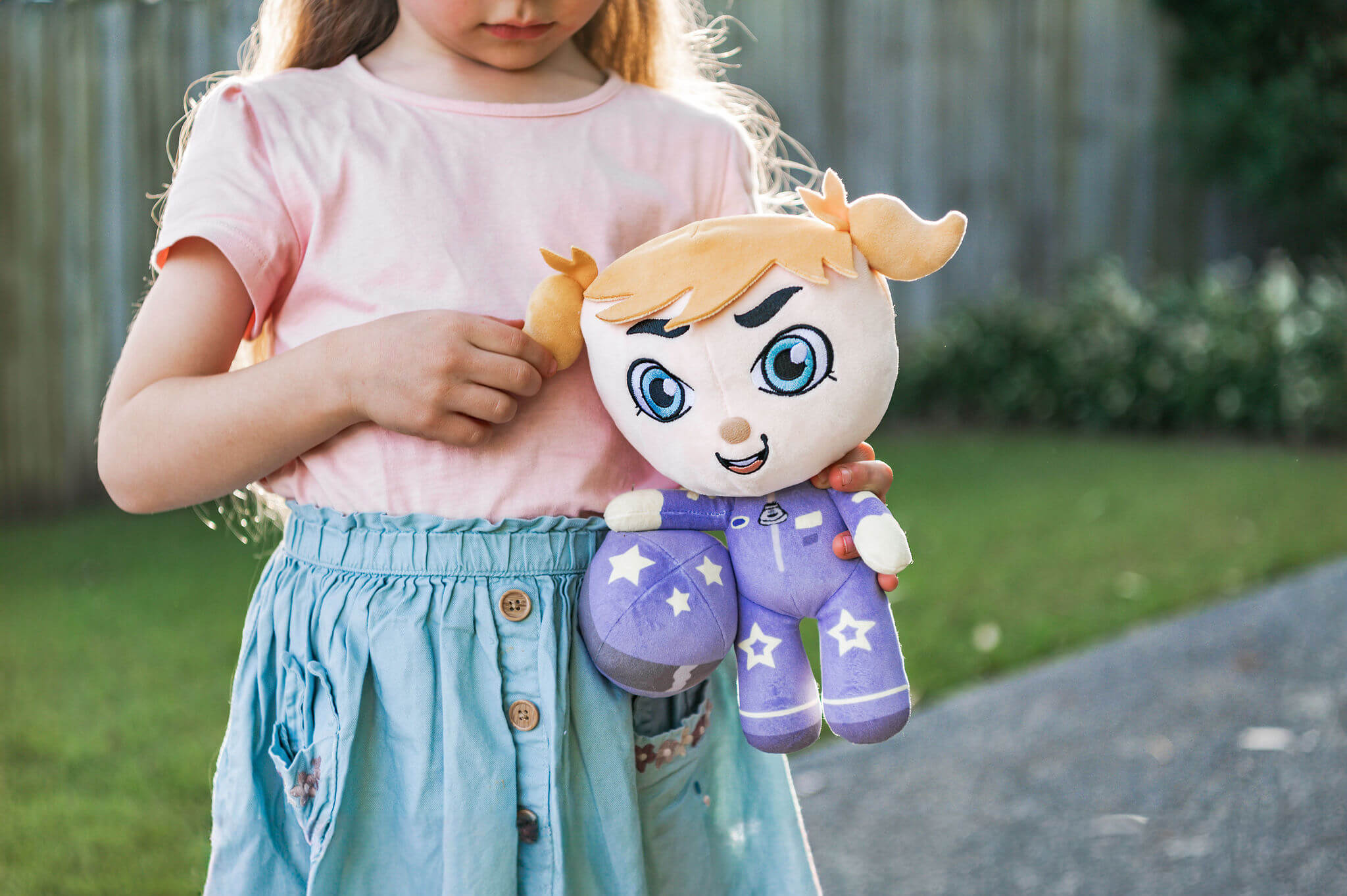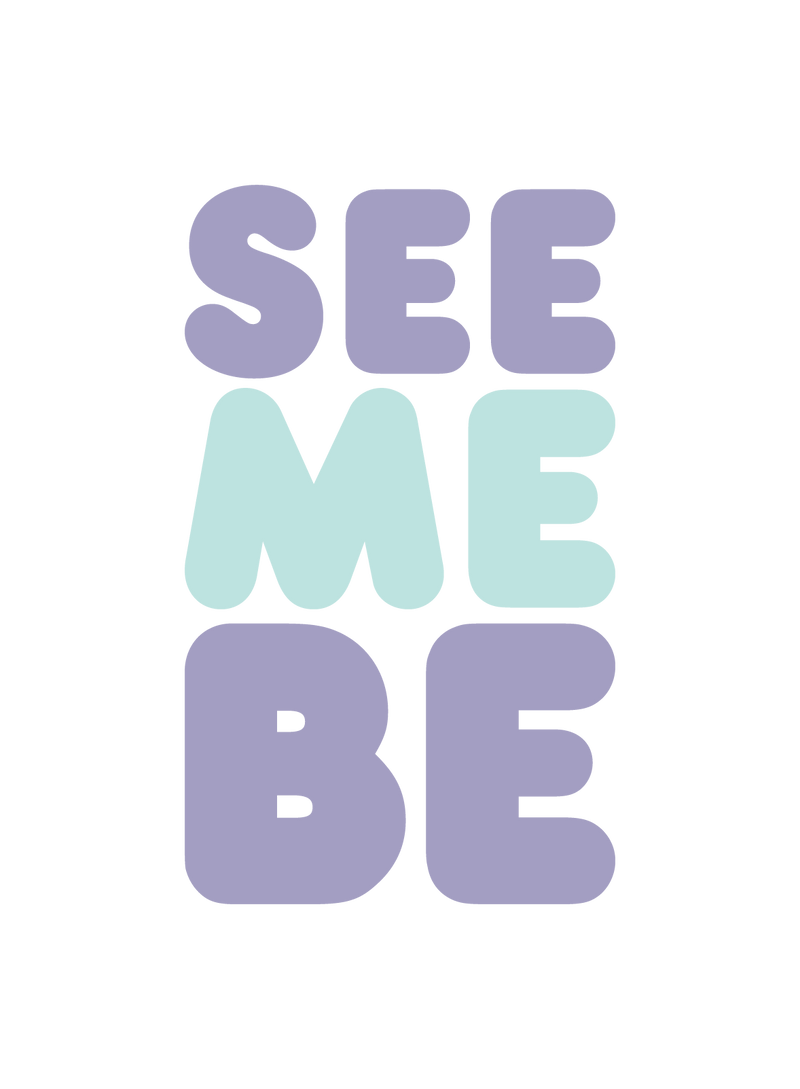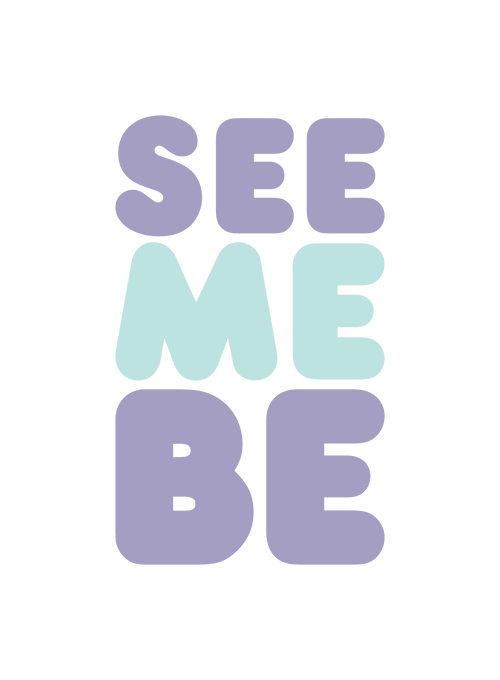You are me; I am you

What’s with the emotional bond a child has with their favourite toy?
Watch any parent frantically search the house for a scruffy (and smelly) bunny at nap time, or post on Facebook community pages in desperate search for a dinosaur dropped from a pram on the way out of the shops.
You can see the fear in their eyes! Mercy be to those parents as they manage the disappearance of a child’s favourite toy.
There’s good reason to make the extra effort to find those one-of-a-kind toys – and not just to take the edge off bedtime. Research from the 20th Century shows those toys are more valuable than originally thought – but not in dollar value.
If a toy is familiar enough, it not only provides comfort and security to a child but it is also seen as an extension of the child’s identity; an extension of themselves.
This idea of extended self stems from research conducted by John Bowlby and later Mary Ainsworth, who developed attachment theory.
Originally observing the emotional bonds between children and their mothers (and through his understanding of animal behaviour during earlier years of his career), Bowlby focused his efforts on understanding how that bond influences a child’s life.
Ainsworth would later build on Bowlby’s work by identifying four unique attachment styles.
Bring in Susan Harter’s (1999) work on the development of self-concept in children, which supports the idea that toys can become part of a child’s evolving sense of identity.
This is particularly present when a child pretends their favourite toy is their “baby” and may see their own feelings of care, affection, or social identity.
But the research goes back even earlier to psychoanalytical theory of the 1950s, where scientists documented the importance of what was then called a “transitional object” in a child’s transition from dependence to independence.
Research by Donald Winnicott (1953) noted the presence - and importance - of blankets, dolls, stuffed animals and the like as a tool for children to bridge the gap between their inner world and external reality.
What’s the ‘so what’? This work of children playing with their favourite toy supports emotional regulation, the formation of self-concept, the development of social and cognitive skills, and fosters independence.
These toys also provide emotional security, help children practice empathy, and allow them to express complex emotions in ways they might not be able to verbally. Through these interactions, children build resilience, confidence, and stronger social bonds, all of which lay the foundation for healthy emotional and social development as they grow.
What wonderfully resourceful, creative, and interesting creatures children are – to use toys as symbolic representations of self, exploring, expressing, and managing their identities and emotions.
So, the next time your child drops Floppy out the side of the pram – don’t be scared to call on the parents of the internet to help you find it.
Resources
Bretherton, I. (1992). The origins of attachment theory. Developmental Psychology, 28(5), 759-775.
Harter, S. (1999). The construction of the self: A developmental perspective. Guilford Press.
Stipek, D. J. (1993). Motivation and the quality of early school experiences. Child Development, 64(2), 340-354.
Winnicott, D. W. (1953). Transitional objects and transitional phenomena. International Journal of Psychoanalysis, 34, 89-97.

